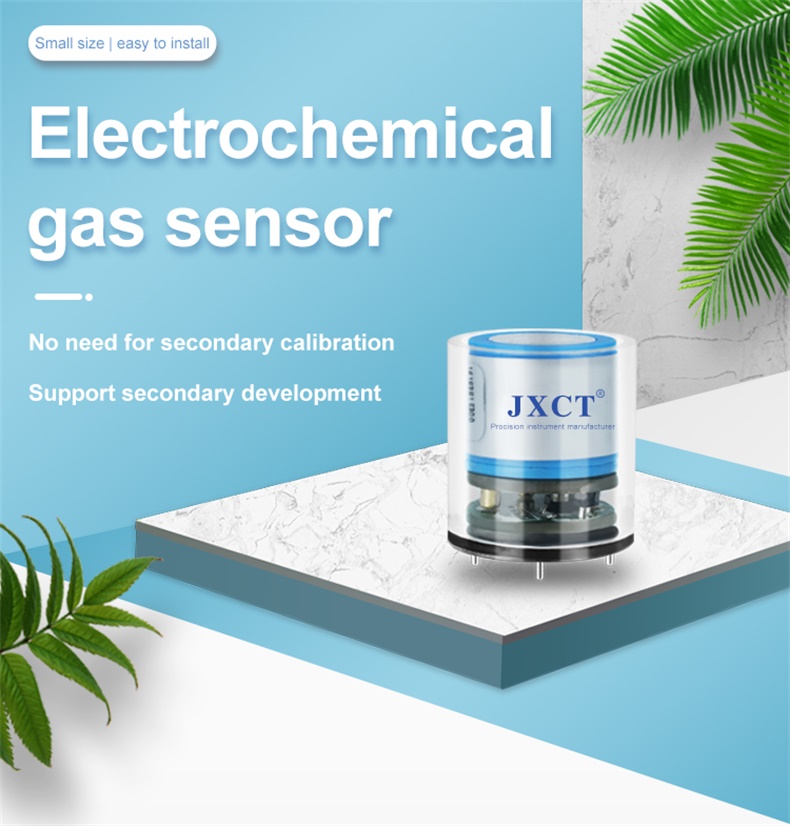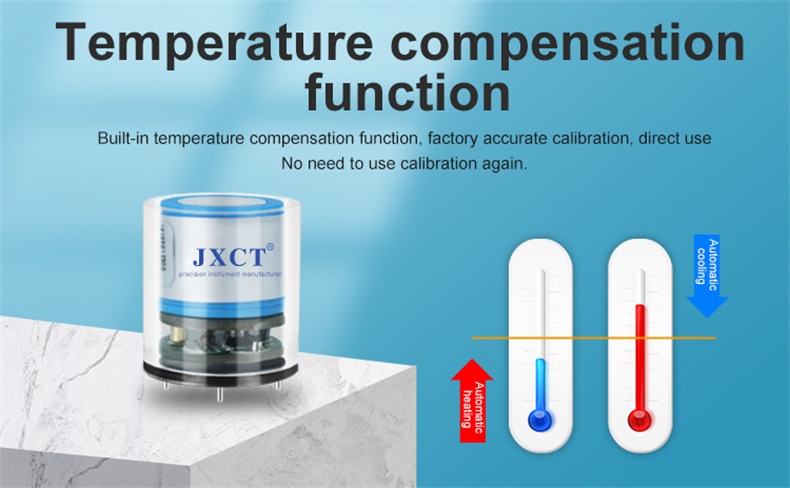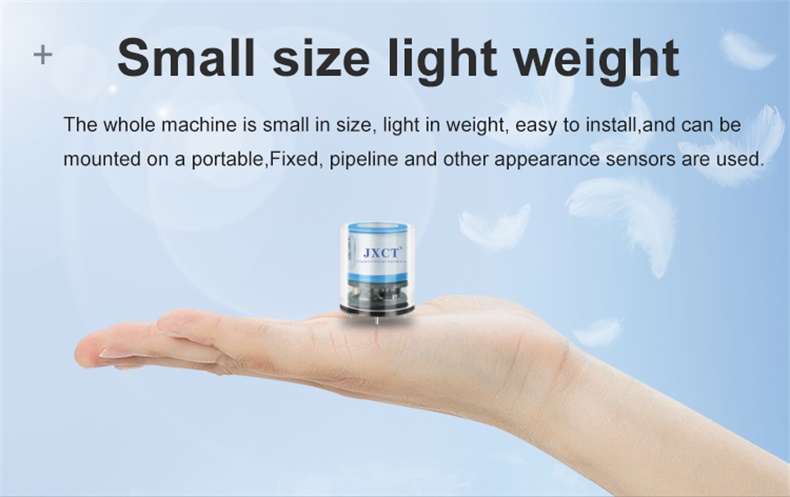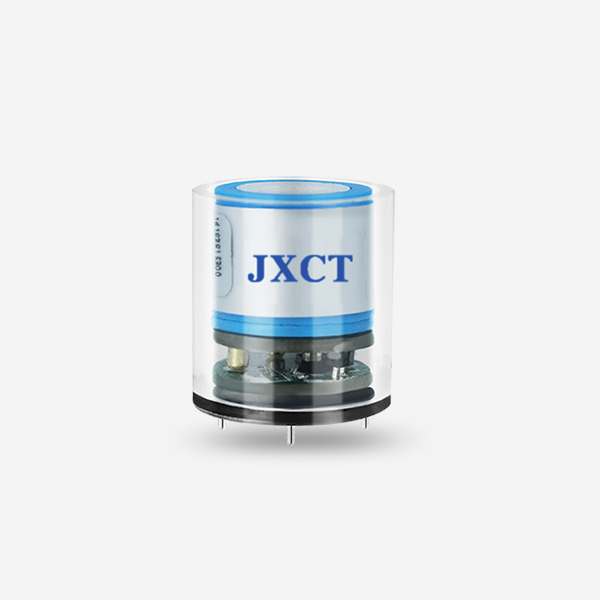Electrochemical gas sensors are sensors that use chemical reactions to measure the concentration of specific gases in the environment. Electrochemical sensors have many different applications, and they continue to play an important role in many fields. In this blog post, we will discuss how electrochemical gas sensors work and some of the common applications they serve.
Electrochemical gas sensor technology has been used in industry for many years. The current requirements for small sensors with low energy consumption and ease of use have enabled the continuous development of the technology. Electrochemical sensors can be constructed differently depending on the application, and therefore, provide tailored solutions to new emerging applications.
Electrochemical gas sensors work by reacting with the gas of interest and producing an electrical signal proportional to the gas concentration. Consisting of two electrodes (a working electrode and a counter electrode), the sensor operates by allowing charged molecules to pass through a thin layer of electrolyte.

An electrochemical sensor consists of the following components:
Gas permeable membrane – this material covers the sensing electrode and is used to control the amount of gas molecules reaching the electrode surface. The membrane also performs the important role of filtering unwanted particulates.
Electrode (anode) – to create an effective reaction with gas molecules, the electrode is typically made from metals such as platinum or gold and works as a transducer. The anode is the point at which the current enters the electrode.
Electrode (cathode) – this is the point where the current leaves the electrode.
Electrolyte - the electrolyte facilitates the cell reaction and carries the ionic charge across the electrodes.
Commonly called ‘the fourth industrial utility’, compressed air provides the power that drives many different industrial processes and systems, from air tools and materials handling equipment, to food preparation and waste recycling units.
Depending on the requirement of the application, electrochemical gas sensors detect and measure various gases including oxygen, carbon monoxide, nitrogen dioxide, nitrogen oxide and sulphur dioxide.
In O2 measurement, oxygen enters the sensor through the capillary where it comes into contact with the cathode and is immediately reduced to hydroxyl ions. The hydroxyl ions then diffuse through the membrane to the anode, where they are oxidized to lead oxide. This reaction produces a voltage that is proportional to the concentration of oxygen in the gas mixture. This voltage is measured by the sensor and used to calculate the percent or trace level of oxygen in the sample.

Electrochemical sensors are very accurate and can measure oxygen levels down to the parts-per-million (ppm) level. This makes them a vital sensing technology for many different industries, including hospitals, factories, and environmental monitoring. Different applications have different requirements but typically the sensors should only operate in applications with 0-100mbar of pressure.
As the electrochemical reaction results in the oxidation of the lead anode, the electrical/chemical properties of the cell change, requiring periodic calibration.
Once all the available lead has been oxidized, the cell will no longer produce an output and must be replaced. Consequently, the lower the oxygen level level the sensor is exposed to, the longer it will operate. The oxidation of the lead anode also means the oxygen oxygen analyser sensors have a limited life. If the sensor is not replaced or re-calibrated, the accuracy of the output will reduce dramatically.
Electrochemical Gas Sensor Applications
Electrochemical sensors are used in a variety of applications, and they continue to play an important role in many industries. Some of the most common applications include:
1. Environmental monitoring of air quality
Due to the expanding industrial world, many countries are affected by poor air quality, particularly in urban areas. This poses a threat to quality of life with the major contributors of air pollution being nitrogen oxides, sulfur oxides, hydrogen sulfide, and some volatile organic substances. Electrochemical gas sensors are now becoming an essential tool in monitoring and controlling contaminations affecting atmospheric quality. They offer a cheaper widespread air monitoring alternative to the traditional and more expensive air quality monitors based on infra-red spectroscopy and gas chromatography.
2. Detection of explosive gases and toxic vapours
There is an increased focus on explosion prevention within hazardous locations in manufacturing and chemical industries. This is due to the presence of toxic and combustible gases. The monitoring of these hazardous areas helps achieve safer working environments. Government and industry regulations, such as COSHH and OSHA, require workers to be limited to the exposure of toxic gases and fumes. This has seen an increase in the use of electrochemical gas sensors, which provide improved sensitivity and selectivity for a broad range of toxic gases.

3. Oxygen monitoring in the medical sector
Electrochemical oxygen sensors are used in many brands and models of medical respirators and ventilators used in respiratory therapy, life support systems and emergency medicine. Where critically ill patients are at risk of not receiving enough oxygen from ambient air due to respiratory issues, ventilators are used to supply an oxygen- rich mix of medical-grade O2 and ambient air through pressurized tanks. The percentage of oxygen required can depend on the seriousness of the patient’s illness, therefore, measuring the concentration and flow of oxygen is vitally important to a patient’s health. It’s small size, ease of implementation, and simple operation makes the electrochemical sensor an ideal detection and monitoring device in the healthcare sector.
4. Food quality control
As the world’s population grows, so does the requirement for improved food supply, transportation, and storage. Controlling the quality of food is important to the supplier and consumer alike. Electrochemical gas sensors have typically been used to monitor industrial oxygen, however; their use in food industry applications is increasing due to reliable measurement and quick response time, and widespread use due to compact size and low cost. Carbon dioxide and ethanol are used in the food and beverage industry, and therefore, there is a need for continuous gas detection to prevent people ingesting poisonous or harmful gases. Other applications where gas detection is required is in steam processes, inert gases for packaging, CO2 for carbonation, toxic gases for sterilization and ammonia used in refrigeration.








